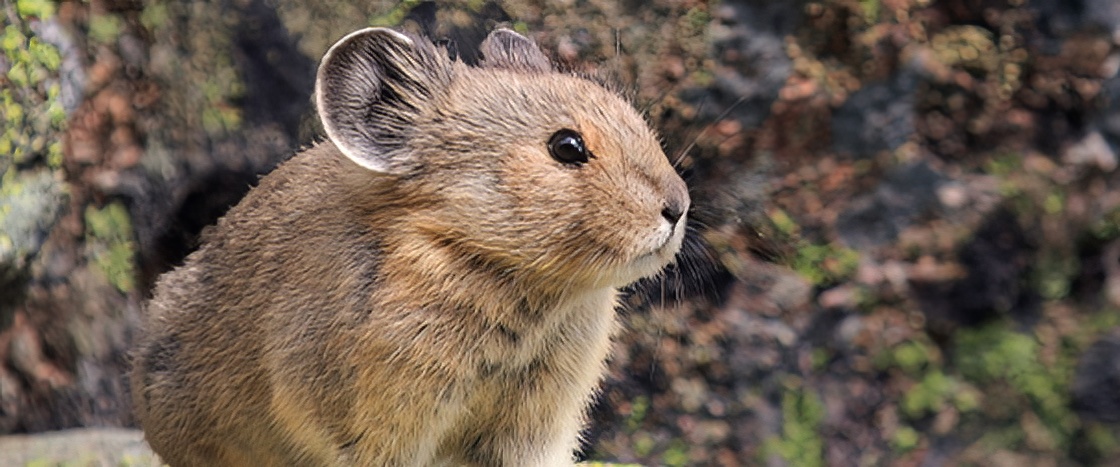After more than two hours of hiking, a group of volunteers stops to take a break. They’re at an elevation of about 10,000 feet. They look out at the amazing view of Colorado’s Rocky Mountain National Park. Then it’s time to get to work. The group is on the hunt for a small hamster-like mammal called the American pika. And they’re doing it for science.
Back in 2010, the U.S. Fish and Wildlife Service considered adding the American pika to the endangered species list. But there wasn’t enough information about how many pikas there are to make a decision. So the Denver Zoo teamed up with the nonprofit Rocky Mountain Wild to find out. They started the Colorado Pika Project to collect data on the species.
A group of volunteers stops to take a break. They’ve been hiking for two hours. Now they are 10,000 feet above sea level. They look out at the amazing view. Then it’s time to get to work. The group is in Rocky Mountain National Park in Colorado. They’re on the hunt for a small hamster-like mammal. It’s called the American pika.
In 2010, the U.S. Fish and Wildlife Service considered adding the American pika to the endangered species list. But they couldn’t make a decision. There wasn’t enough information about how many pikas there are. So the Denver Zoo teamed up with the nonprofit Rocky Mountain Wild to find out. They started the Colorado Pika Project to collect data on the species.

